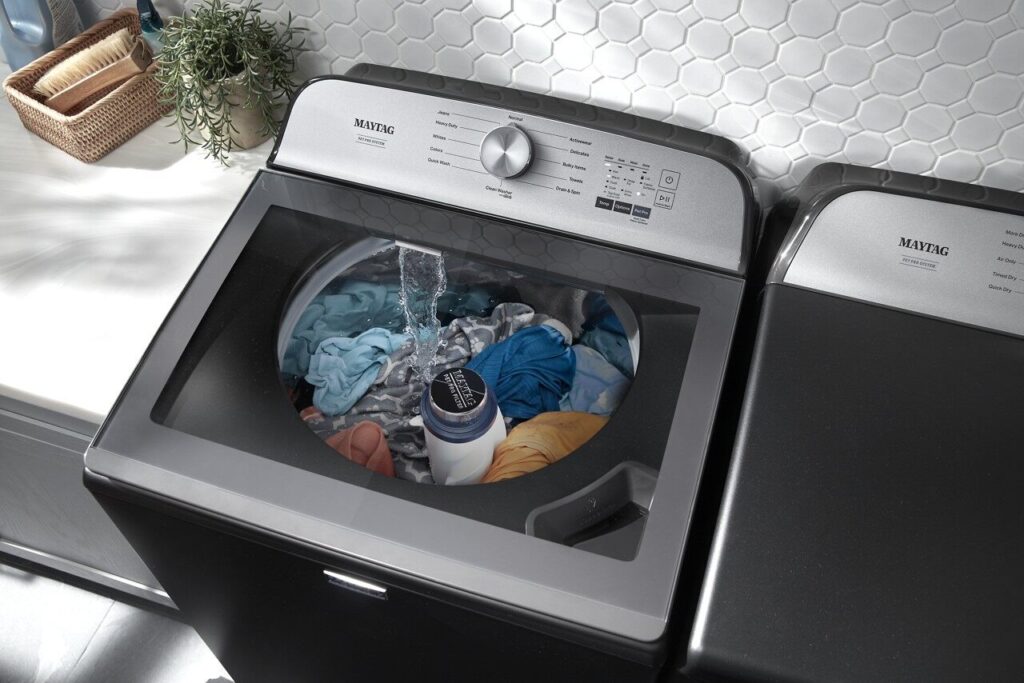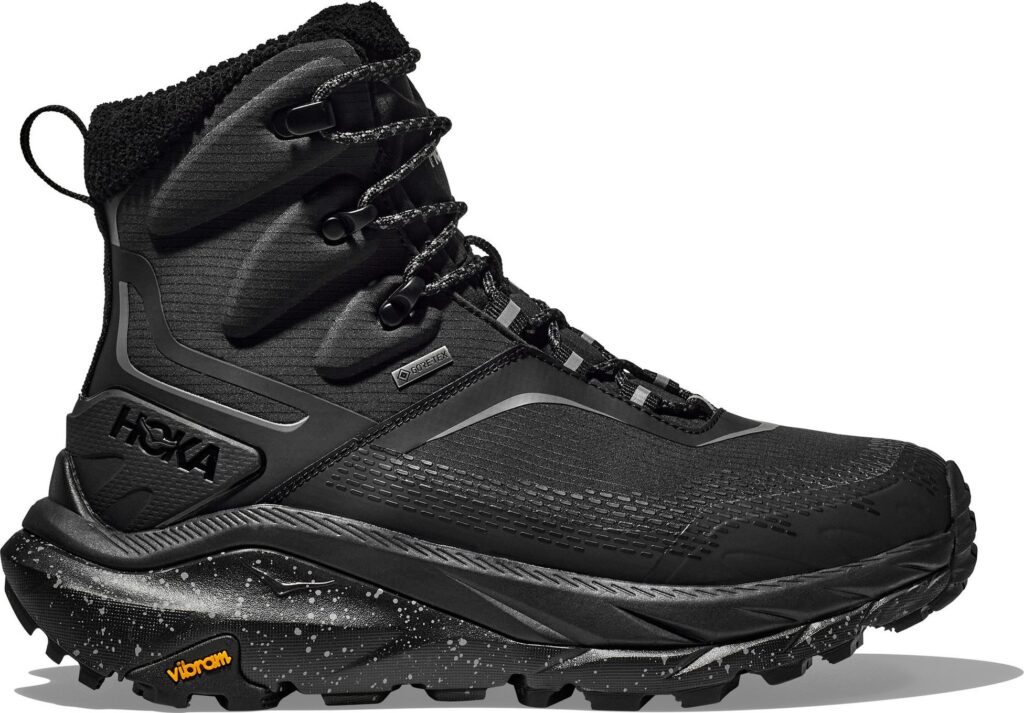When it comes to purchasing a washing machine, one of the most significant decisions is whether to opt for a front load or top load washer. Both types have unique advantages and drawbacks, making the right choice dependent on your specific laundry needs and preferences. This guide will delve into the detailed benefits and downsides of each type, helping you make an informed decision.
Front Load Washers

Advantages
1. Efficiency
Front load washers are renowned for their efficiency. They use less water and energy compared to top load washers. This efficiency stems from their horizontal drum design, which requires less water to saturate the clothes. Over time, this translates into lower utility bills and a reduced environmental footprint.
2. Gentle on Clothes
The tumbling action of front load washers is gentler on fabrics. Instead of an agitator, they rely on gravity and the rotation of the drum to clean clothes. This method reduces wear and tear, helping to extend the lifespan of your garments. Delicate fabrics, in particular, benefit from this gentler approach.
3. Stackable
One of the significant space-saving benefits of front load washers is their stackability. If you’re short on space, you can stack a dryer on top of the washer, effectively halving the footprint required for your laundry appliances. This feature is particularly advantageous in small apartments or homes where space is at a premium.
4. Larger Capacity
Front load washers typically offer larger capacities than their top load counterparts. This means you can wash more clothes in a single cycle, which is ideal for larger families or those who prefer to do laundry less frequently. The larger drum size can accommodate bulkier items like comforters and blankets more easily.
Disadvantages
1. Cost
One of the primary drawbacks of front load washers is their higher upfront cost. They tend to be more expensive than top load washers, both in terms of initial purchase price and installation. However, it’s important to consider the long-term savings on water and energy bills, which can offset the initial investment over time.
2. Maintenance
Front load washers require regular maintenance to prevent mold and mildew from developing in the door seal. The rubber gasket around the door can trap moisture, leading to unpleasant odors and potential mold growth if not cleaned regularly. Users must be diligent about wiping down the seal and leaving the door open after use to allow the interior to dry.
3. Accessibility
Loading and unloading a front load washer can be challenging for some users, particularly those with mobility issues. The need to bend down to access the drum can be uncomfortable or even painful for people with back problems. Some models come with pedestals to raise the height of the washer, but this adds to the overall cost.
Top Load Washers

Advantages
1. Convenience
Top load washers are generally easier to load and unload without the need to bend over. This makes them a more ergonomic choice, especially for users with mobility issues or those who find bending and kneeling difficult. The convenience of dropping clothes in from the top is a significant selling point.
2. Shorter Cycle Time
Top load washers often have shorter wash cycles compared to front load models. This can be a significant advantage if you need to do laundry quickly. The agitator in top load washers can provide a more vigorous wash, which can lead to faster cycle times and quicker laundry completion.
3. Lower Maintenance
Top load washers typically require less maintenance than front load models. They are less prone to mold and mildew issues because they do not have a rubber door seal that traps moisture. Cleaning and maintaining a top load washer is generally easier and less time-consuming.
Disadvantages
1. Efficiency
Top load washers are generally less efficient than front load models. They use more water and energy per cycle, which can lead to higher utility bills and a larger environmental impact over time. If sustainability and long-term cost savings are priorities for you, this is an important factor to consider.
2. Harsher on Clothes
The agitator in top load washers can be harsher on fabrics. The central post that agitates the clothes can cause more wear and tear, potentially reducing the lifespan of your garments. Delicate items may require extra care or special settings to prevent damage.
3. Space Requirements
Top load washers are typically not stackable, which means they require more floor space. If you have a small laundry area or need to maximize vertical space, this can be a significant drawback. The need for a side-by-side setup can limit your layout options.
Considerations for Purchase
When deciding between a front load and a top load washer, several factors should be taken into account. Here are some key considerations to help you make the best choice for your home:
1. Budget
Your budget is a critical factor in the decision-making process. Front load washers tend to be more expensive upfront but can save you money in the long run through lower utility bills. Top load washers are generally more affordable initially but may cost more over time due to higher water and energy usage.
2. Available Space
Consider the space available in your laundry area. If you have limited floor space, a stackable front load washer and dryer can be a great solution. On the other hand, if you have ample room and prefer a side-by-side setup, a top load washer could be more convenient.
3. Laundry Habits
Think about your typical laundry habits and the types of items you wash most frequently. If you often wash large or bulky items, a front load washer with its larger capacity may be more suitable. If you prefer shorter wash cycles and ease of loading, a top load washer could be a better fit.
4. Ease of Use
Consider who will be using the washer and their specific needs. If accessibility is a concern, a top load washer may be easier to use. For those who prioritize efficiency and fabric care, a front load washer might be the better option.
5. Long-Term Savings
While front load washers may have a higher initial cost, the long-term savings on water and energy bills can be substantial. Evaluate your willingness to invest more upfront for potential savings down the road.
6. Maintenance
Think about how much maintenance you’re willing to perform. Front load washers require regular cleaning to prevent mold and mildew, while top load washers generally need less upkeep. Your willingness to stay on top of maintenance tasks can influence your choice.
Discover Top-Quality Washers at TEMU
When upgrading your washing machine, consider shopping at TEMU for a wide selection of front load and top load washers that fit every budget and space. TEMU offers competitive prices and excellent customer service, ensuring you find the perfect washer for your needs. Explore their diverse range of models and take advantage of exclusive deals to make your purchase even more cost-effective. With TEMU, you can enjoy both quality and savings on your next laundry appliance.
Choosing between a front load and a top load washer is a significant decision that depends on various factors, including your budget, available space, laundry habits, and personal preferences. Front load washers offer greater efficiency and gentleness on clothes, making them an excellent choice for those who prioritize long-term savings and fabric care. However, they come with higher upfront costs and require more maintenance.
Top load washers, on the other hand, provide convenience and shorter cycle times, making them ideal for users who value ease of use and quick laundry turnaround. They are generally more affordable initially but may incur higher utility costs over time.
By carefully considering your priorities and weighing the pros and cons of each type, you can make an informed decision that best suits your household’s needs. Whether you choose a front load or top load washer, investing in a quality machine will ensure your laundry is clean, fresh, and well-cared for.




























